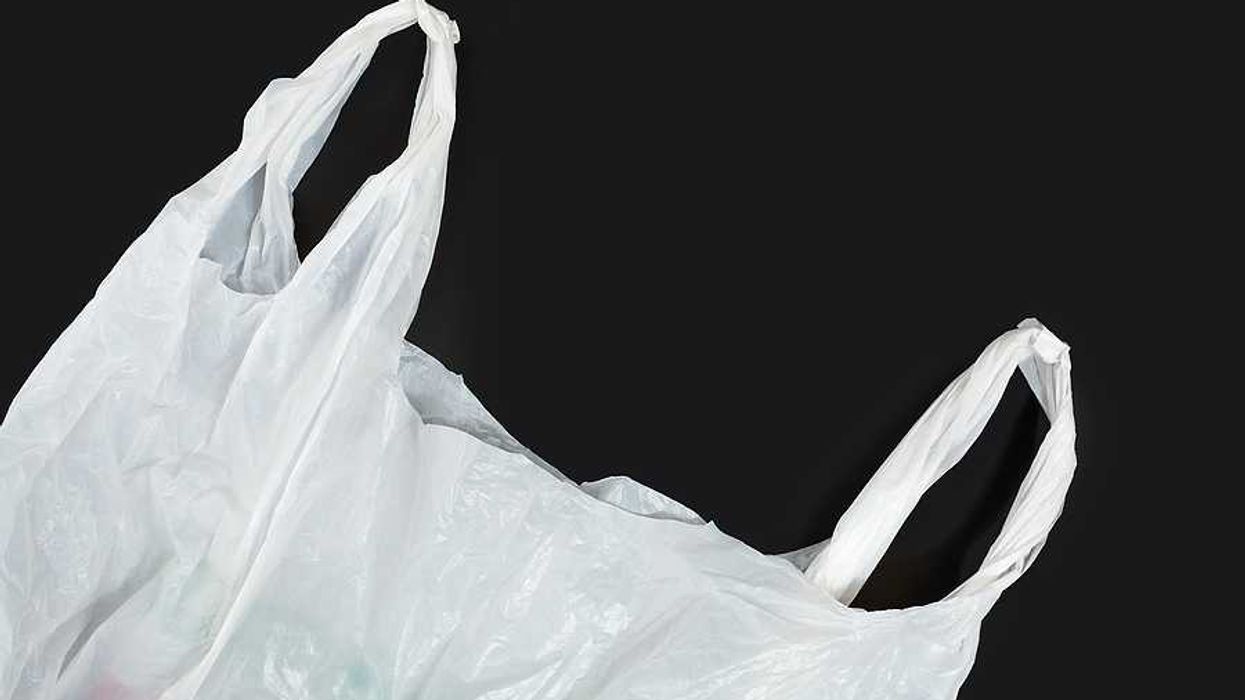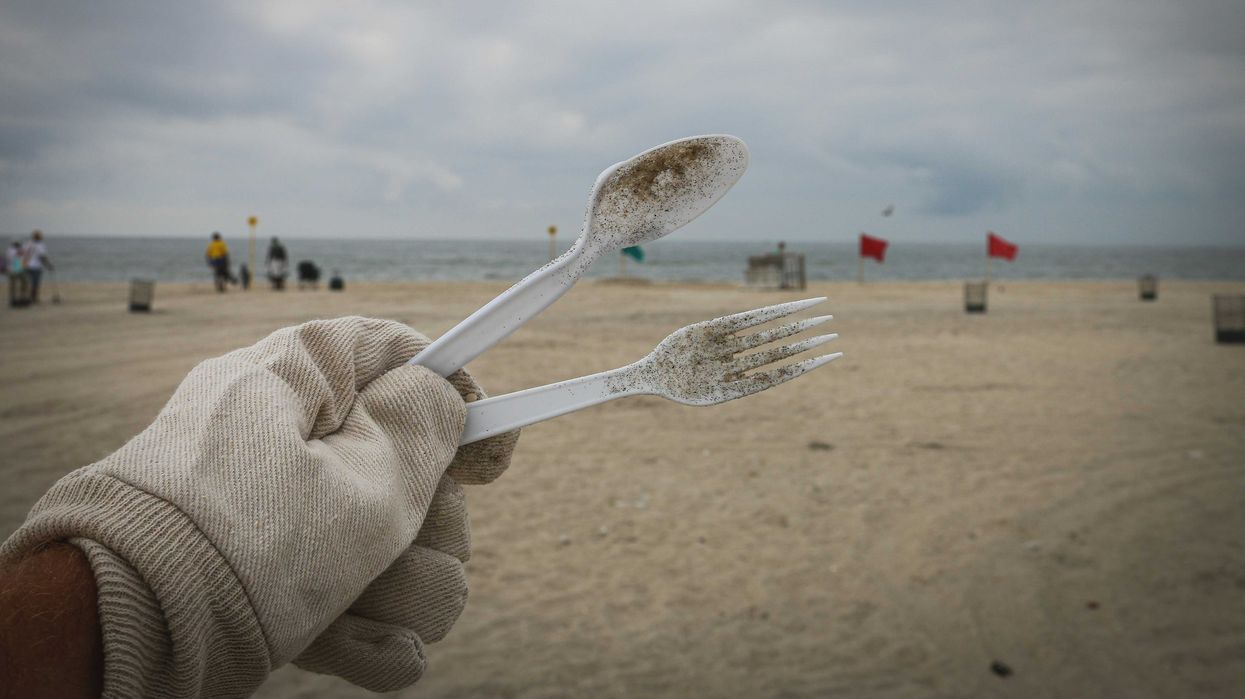Plastics are everywhere—from oceans to our bloodstreams—and their toxic legacy is raising alarms as nations debate whether to curb production.
Alden Wicker reports for Mongabay.
In short:
- Microplastics have been found in multiple human tissues and they can affect the lungs, liver, intestines and the reproductive and nervous systems.
- Research links chemicals added to plastics, such as plasticizers and endocrine disruptors like BPA and phthalates, to diseases such as diabetes, cardiovascular problems and cancer.
- Yet industry transparency remains virtually nonexistent.
- As a global plastics treaty is debated at the UN summit in South Korea, the U.S. has softened its stance, backing voluntary production limits instead of binding caps.
Key quote:
“Plastics are seen as those inert products that protect our favorite products or that make our lives easier that can be ‘easily cleaned up’ once they become waste. But this is far from reality.”
— Patricia Villarrubia-Gómez, Stockholm Resilience Centre.
Why this matters:
Our bodies, like the planet, are becoming unwilling repositories of the plastic age, with more than 11 billion metric tons of virgin produced between 1950 and 2022. The mounting evidence of plastics' negative health impacts call for urgent action to curb production.














